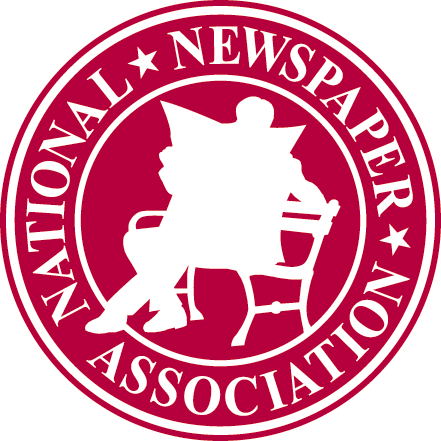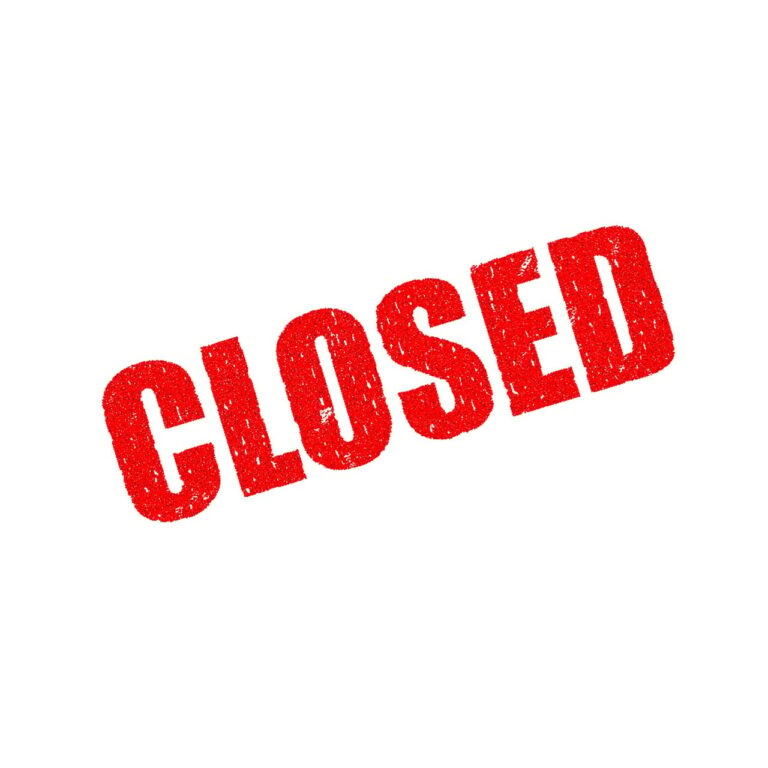Weekly Fiscal Facts are provided to Wisconsin Newspaper Association members by the Wisconsin Policy Forum, the state’s leading resource for nonpartisan state and local government research and civic education. The Wisconsin Policy Forum logo can be downloaded here.
As public usage of outdoor spaces in Wisconsin has been on the rise, state leaders may wish to consider the trend in making key budget decisions, including on the future of a state program to fund purchases of and improvements to public lands.
Amid the pandemic, state parks and trails, sporting goods, birding apps, and state fishing and hunting licenses saw increased sales or usage in 2020. Various localities also saw increases in sales of cross country ski permits, nature preserve visits and bike trail usage.
The state’s Knowles-Nelson Stewardship program uses bonding to finance land purchases for public recreation and environmental conservation as well as improvements on public lands.
Lawmakers and Gov. Tony Evers now must decide whether and how to reauthorize the Stewardship program, set to expire on June 30, 2022. In his 2021-23 budget bill, Evers is proposing to more than double the authorized borrowing for the program to $70 million per year and change how that funding is divvied up.
Meanwhile, state park usage is up at a time when its funding structure has undergone a period of transition. In 2015, the state cut $4.7 million in state tax funding out of the state parks system — nearly 28% of the parks budget at that time. Most, but not all, of that was restored through a subsequent increase of about $3.2 million in fees on park users.
U.S. Census Bureau data shows Wisconsin ranks in the bottom half of states for parks and recreation operating spending overall and second to last for spending at the state level. Data from the National Association of State Park Directors shows that despite more than three state park visits per capita (19th overall), Wisconsin’s state government spends just $1.20 in state park operations per visitor — the second-lowest amount of any state in the country.
While it is unclear the extent to which recent increases in outdoor activity will outlast the pandemic, officials may wish to consider it in upcoming budget deliberations. One option, particularly at the municipal or county level, could be to enhance collaboration across local government boundaries to provide parks and recreation amenities.
If state policymakers wish to consider increasing revenue for outdoor spaces and programs, options could include increasing park and camping user fees; expanding the amount of privately run indoor lodging at state parks, or allowing more sponsorships and advertisements.
Larger changes could include replacing vehicle admission sticker and state trail passes with individual park admission passes, or letting motorists buy a state parks sticker when renewing their vehicle registration. Neighboring Minnesota offers a model for more robust investment in outdoor programs: Its voters in 2008 passed a sales tax of 0.375% to fund priorities that include conservation, clean water, parks and trails, ensuring clean water, and the arts.
This information is provided to Wisconsin Newspaper Association members as a service of the Wisconsin Policy Forum, the state’s leading resource for nonpartisan state and local government research and civic education. Learn more at wispolicyforum.org.



